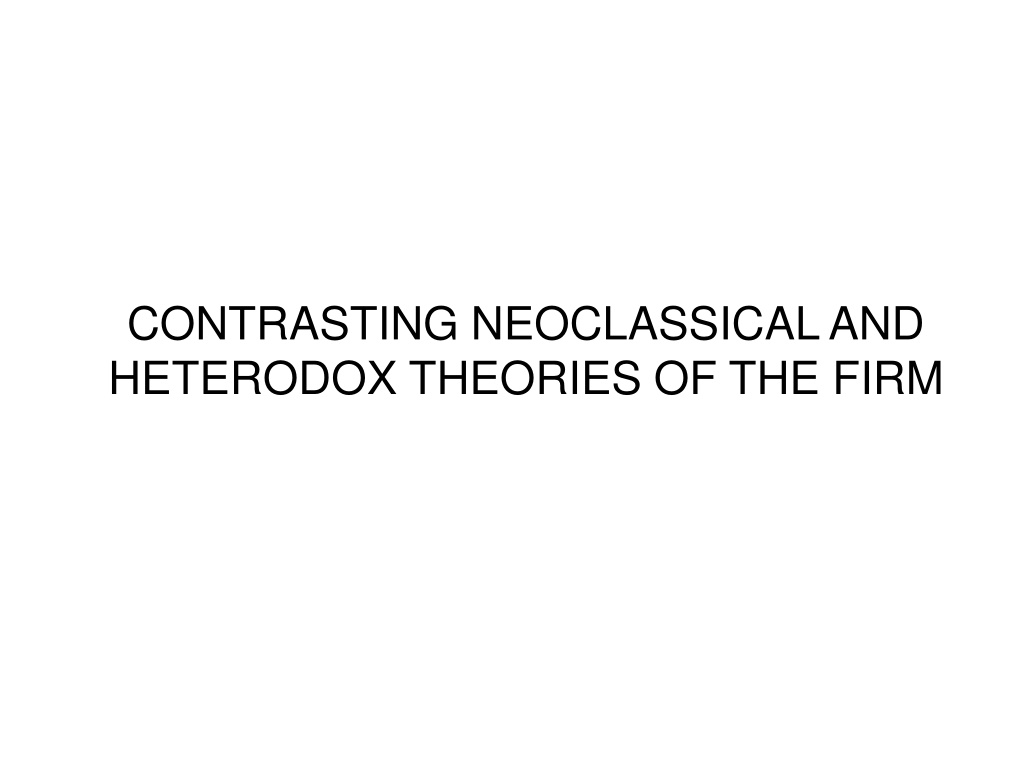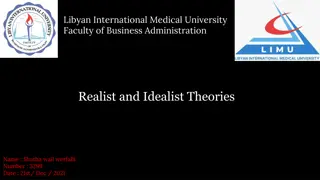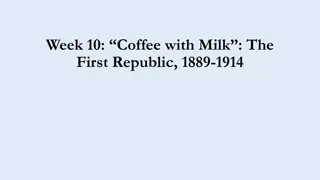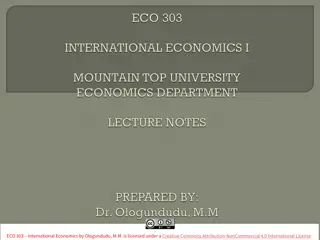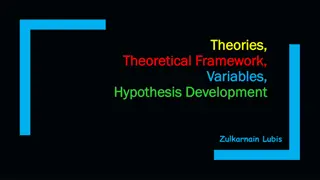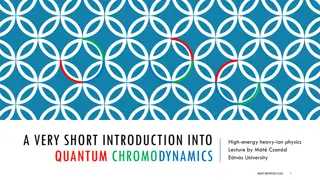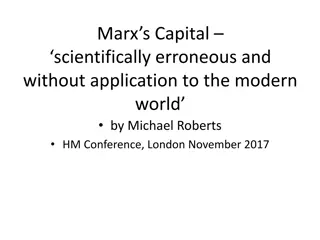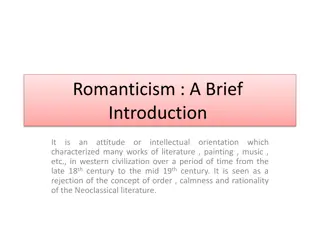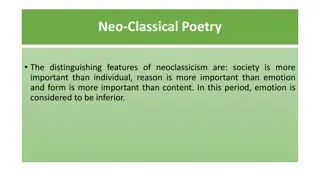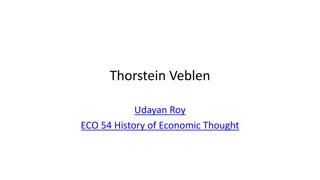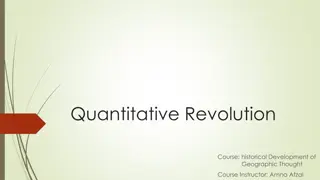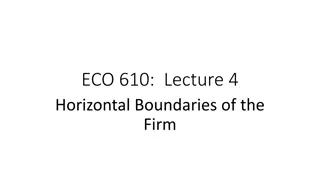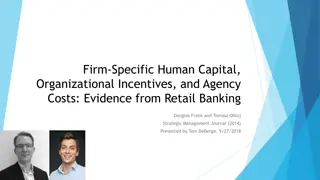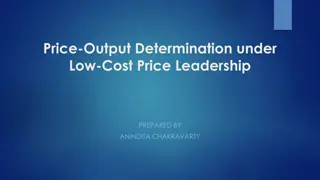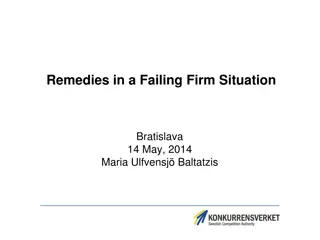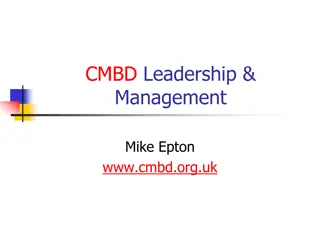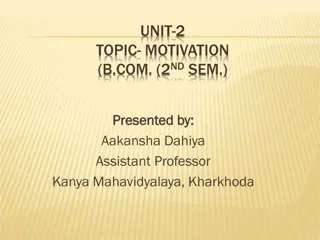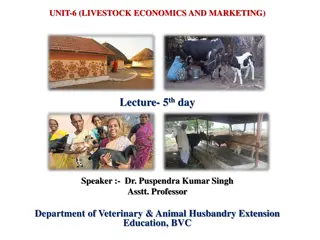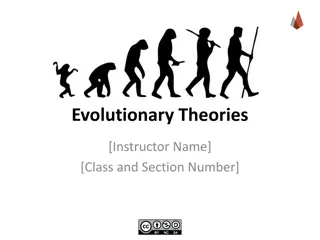Contrasting Neoclassical and Heterodox Theories of the Firm
Conceptualizing markets and organizations through the lens of neoclassical and heterodox theories, Herbert Simon's perspective highlights the dominance of organizations in modern economies. He challenges the conventional view of a market economy by emphasizing the significant role of organizations and their interactions. The discussion prompts a reevaluation of how we perceive economic structures and the terminology we use to describe them.
Download Presentation

Please find below an Image/Link to download the presentation.
The content on the website is provided AS IS for your information and personal use only. It may not be sold, licensed, or shared on other websites without obtaining consent from the author. Download presentation by click this link. If you encounter any issues during the download, it is possible that the publisher has removed the file from their server.
E N D
Presentation Transcript
CONTRASTING NEOCLASSICAL AND HETERODOX THEORIES OF THE FIRM
Conceptualizing markets Market transactions between agents are the most important element Organizations are the most important element
Herbert Simon: Organizations and markets A mythical visitor from Mars, not having been apprised of the centrality of markets and contracts [visits Earth]. Suppose that it (the visitor - I'll avoid the question of its sex) approaches the Earth from space, equipped with a telescope that reveals social structures. The firms reveal themselves, say, as solid green areas .... Market transactions show as red lines connecting firms, forming a network in the spaces between them. Within firms (and perhaps even between them) the approaching visitor also sees pale blue lines, the lines of authority connecting bosses with various levels of workers. ...
Herbert Simon: Organizations and markets No matter whether our visitor approached the United States or the Soviet Union, urban China or the European Community, the greater part of the space below it would be within the green areas, for almost all of the inhabitants would be employees, hence inside the firm boundaries. Organizations would be the dominant feature of the landscape. A message sent back home, describing the scene, would speak of "large green areas interconnected by red lines." It would not likely speak of "a network of red lines connecting green spots.
Herbert Simon: Organizations and markets When our visitor came to know that the green masses were organizations and the red lines connecting them were market transactions, it might be surprised to hear the structure called a market economy. "Wouldn't 'organizational economy' be the more appropriate term?" it might ask. The choice of name may matter a great deal. The name can affect the order in which we describe its institutions, and the order of description can affect the theory. ...
Herbert Simon: Organizations and markets In sum, an organizational economy poses the questions of why the larger part of a modern economy's business is done by organizations, what role markets play in connecting these organizations with each other, and what role markets play in connecting organizations with consumers.
Neoclassical theory of the firm Price Quantity Cost per unit: fixed and variable Profit
1. Revenues 2. Profits 3. Employees Deutsche Bank Citigroup Industrial & Commercial Bank of China Samsung Apple Microsoft ArcelorMittal Posco Nippon Steel & Sumitomo Metal Corporation Activision Blizzard Nintendo EA Games WalMart Tesco ALDI ExxonMobil Royal Dutch Shell Sinopec Volkswagen Toyota General Motors Continental AG Heineken Coca Cola Anheuser-Busch Inbev
Transaction costs On the market we have market transactions In firms we have authority If the markets are so efficient, why do we have firms?
Types of transaction costs Finding out the relevant information Negotiating contracts Enforcing contracts Firms exist to reduce transaction costs.
Transaction costs If firms are so efficient, why wo we have markets? Because of managerial diseconomies of scale
Useful sources on big firms Forbes World s Biggest Companies Fortune Biggest Employers Fortune Global 500 Fortune US 500 Various reports (by governments, consultancies, etc.)
Difficulties arise when an attempt is made to acclimatize the [neoclassical] theory [of the firm] to an alien environment and, in particular, to adapt it to the analysis of the expansion of the innovating, multiproduct, flesh-and-blood organization that businessmen call firms. The Theory of the Growth of the Firm Edith Penrose
The conclusion that the limited capacity of the individual will limit the size of firms has not ... been supported by events... The techniques for decentralizing administrative organization have been developed to a fine point, and the task of central management is apparently not one of attempting to comprehend and run the entire organization, but rather to intervene in a few crucial areas and to set the tone of the organization. With increasing size both the managerial function and the basic administrative structure have undergone fundamental changes ... The differences in the administrative structure of the very small and the very large firms are so great that in many ways it is hard to see that the two species are of the same genus ... we cannot define a caterpillar and then use the same definition for a butterfly. The Theory of the Growth of the Firm Edith Penrose
The individual has far more standing in our culture than the group. An individual has a presumption of accomplishment; a committee has a presumtion of inaction. The entrepreneur individualistic, restless, with vision, guile and courage has been the economist s only hero. The great business organization arouses no similar admiration. It is not to individuals but to organizations that power in the business enterprise and power in society have passed. And modern economic society can only be understood as an effort, wholly successful, to synthetize by organization a group personality far superior for its purposes to a natural person, and with the added advantage of immortality. The need for such a group personality begins with the circumstance that in modern industry a large number of decisions, and all that are important, draw on information possessed by more than one man. The New Industrial State John Kenneth Galbraith
Limits to growth of firms? Limits to market size - not all the time, not for all firms Lack of willingness to grow - not the case with all firms
Limits to growth of firms? Risk and uncertainty - some firms will survive - size helps you deal with them Limited access to finance - some firms will get it - size helps + use of retained profits
We have found nothing to prevent the indefinite expansion of firms as time passes, and clearly if some of the economies of size are economies of expansion, there is no reason to assume that a firm would ever reach a size in which it has taken full advantage of all these economies. The Theory of the Growth of the Firm Edith Penrose
Why do firms grow? Profit motive Institutional expectations in big firms
Firms as a bundle of resources Managerial Entrepreneurial Labor Machinery Processes Materials Market opportunities
How do firms grow? Finding a use for unused resources Expansion creates new unused resources
Important concepts in growth Principle of multiples Division of labor
Growth opportunities New products New technologies New markets New demand Preventing competitors from gaining a foothold Securing resources
Modes of growth Within the same sector Diversification Vertical integration Mergers & Acquisitions (M&A)
Recap How firms function should be our first interest Some theories suggest there is a limit to the size of firms The evidence runs counter to that
Recap The drive to find a use for unused resources drives growth It also creates new unused resources Thus, growth never stops
Recap Firms grow through new technologies, markets, products, processes, etc.
